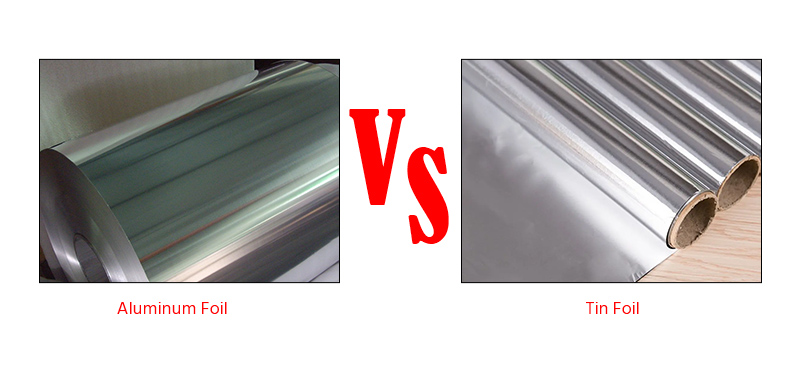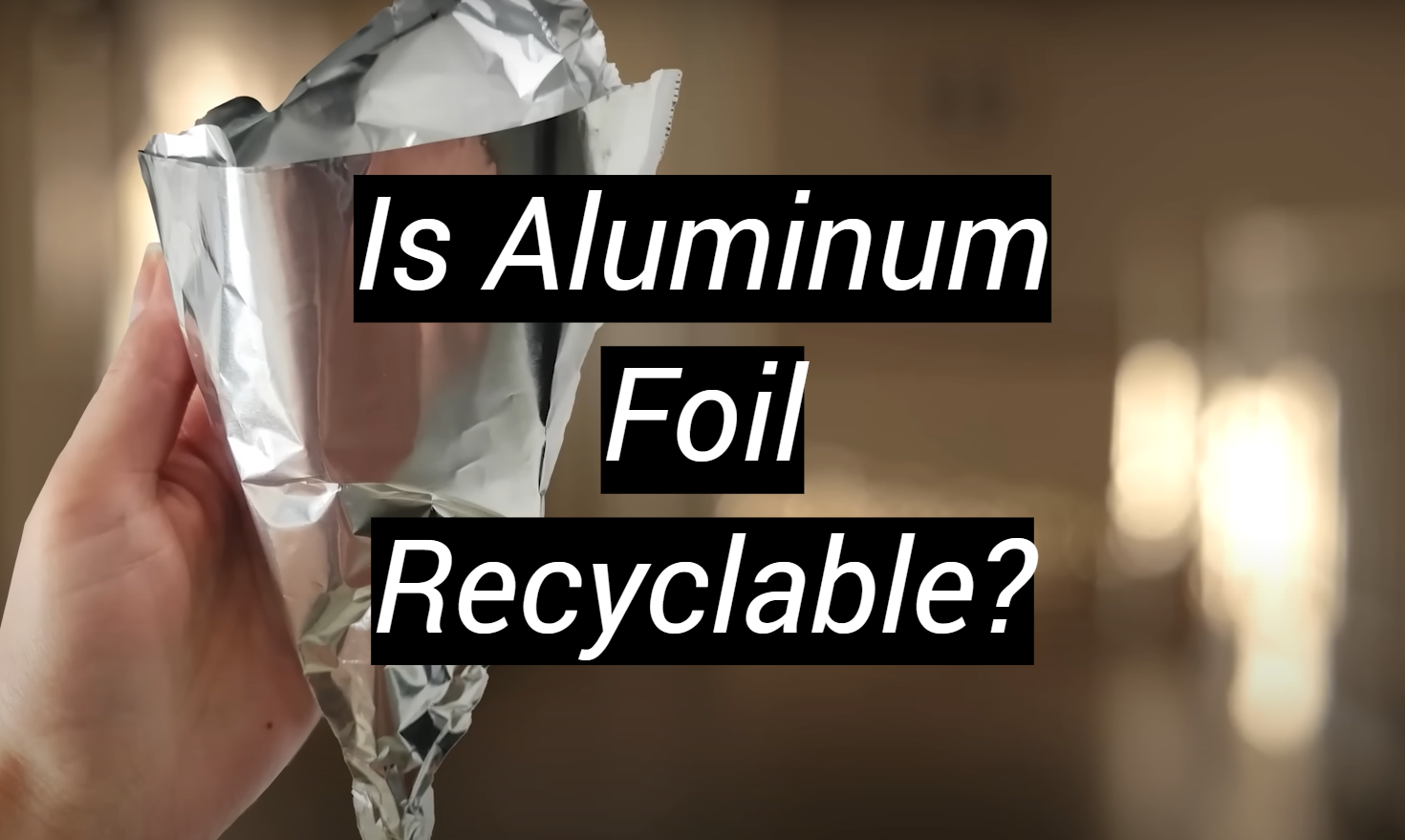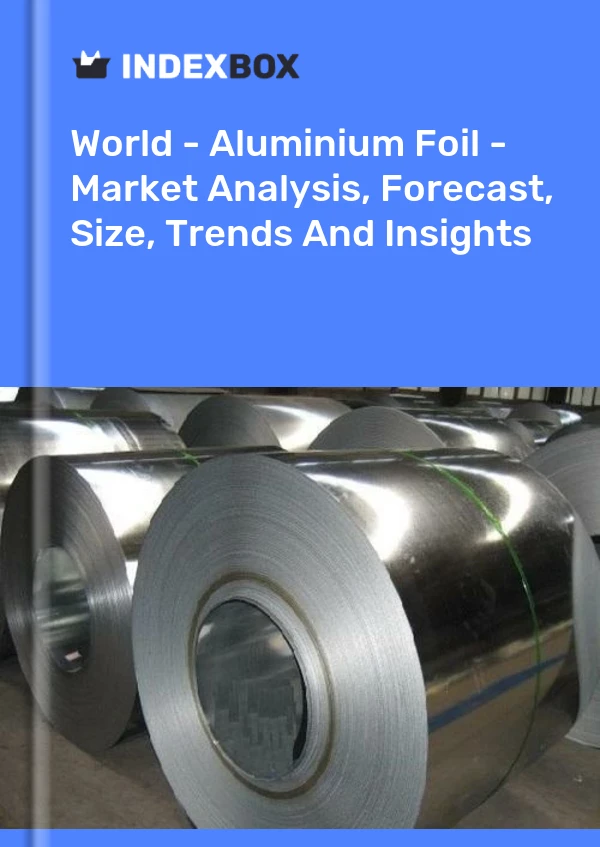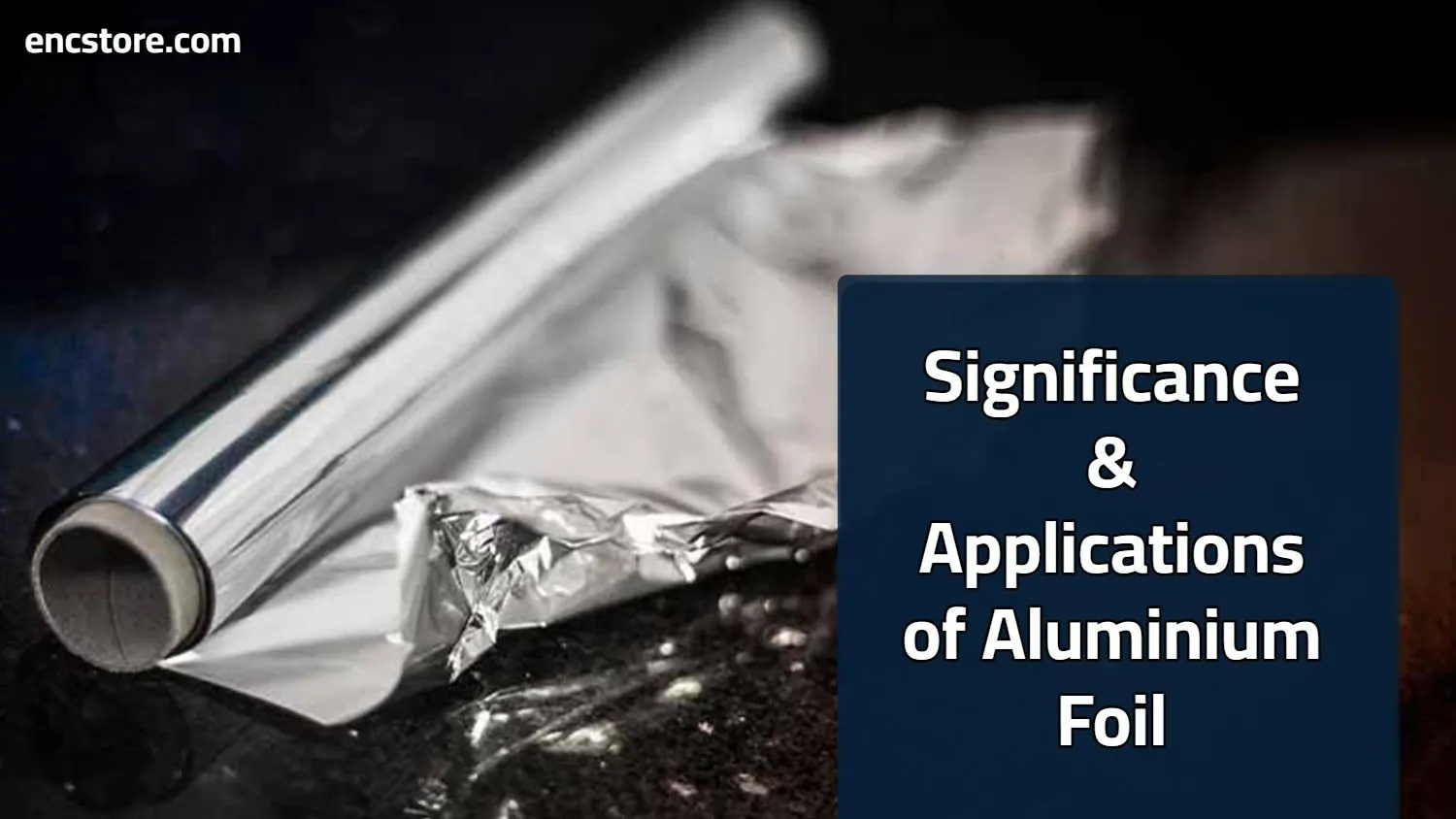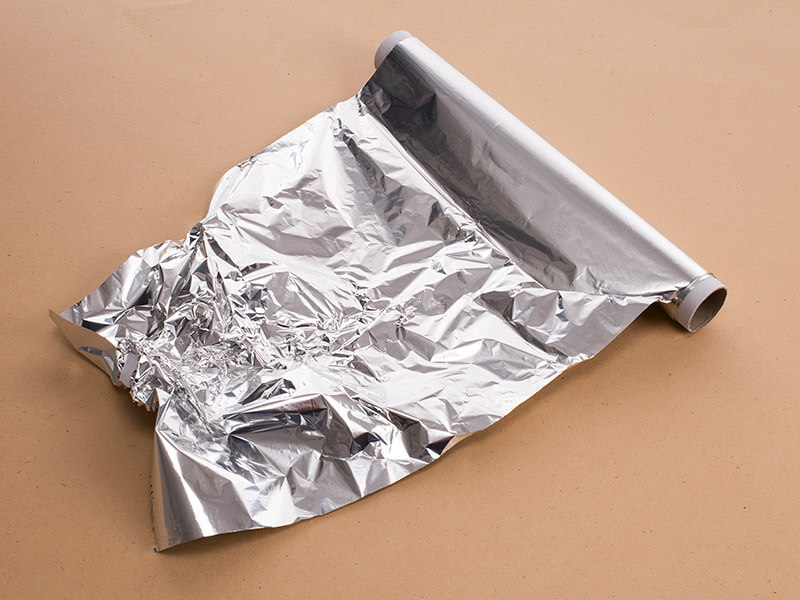Why Is Aluminum Foil So Expensive

Shoppers are reeling as the price of aluminum foil continues its relentless climb. What's driving this surge and when will it end?
The rising cost of aluminum foil, a kitchen staple, is hitting consumers hard, fueled by a complex interplay of factors from raw material costs to geopolitical instability. Understanding the drivers behind this price hike is crucial for consumers and businesses alike.
The Raw Material Bottleneck
Aluminum prices are directly tied to the cost of bauxite, the primary ore from which aluminum is extracted. Bauxite mining and refining are concentrated in a few key regions, making the supply chain vulnerable.
Australia, China, and Guinea are the world's top bauxite producers. Disruptions in these regions, whether due to weather events or political instability, can send shockwaves through the aluminum market.
The London Metal Exchange (LME), a global hub for metal trading, has seen significant price volatility in aluminum. This volatility directly impacts the cost of aluminum foil manufacturing.
Energy Costs: A Significant Factor
Aluminum production is an energy-intensive process. Smelting bauxite into aluminum requires vast amounts of electricity, often generated from fossil fuels.
Rising energy prices, particularly in Europe, have made aluminum production more expensive. Many European smelters have curtailed or even ceased production in response to soaring energy costs.
This reduction in supply, coupled with continued demand, has driven prices upward. The war in Ukraine has further exacerbated the energy crisis, intensifying the problem.
Supply Chain Woes and Geopolitical Tensions
Global supply chains remain strained. This leads to increased transportation costs and delays in getting aluminum foil to market.
Port congestion, labor shortages, and increased shipping rates all contribute to the rising price. These factors amplify the impact of raw material and energy cost increases.
Geopolitical tensions, such as trade disputes and sanctions, also play a role. These tensions can disrupt the flow of aluminum and increase market uncertainty.
Demand Dynamics and Inflationary Pressures
Demand for aluminum foil remains strong across various sectors. Food packaging, construction, and automotive industries all rely on aluminum.
Increased demand from developing economies, particularly in Asia, is adding to the pressure. This surge in demand further strains the already tight supply.
Overall inflationary pressures are also contributing to the rising cost of aluminum foil. The broader economic environment, characterized by rising wages and input costs, is impacting prices across the board.
Retailer Impact and Consumer Response
Retailers are facing a difficult choice: absorb the increased costs or pass them on to consumers. Most are forced to increase prices, leading to sticker shock at the grocery store.
Consumers are reacting in various ways, including buying less aluminum foil, seeking cheaper alternatives, or switching to reusable containers. Some are delaying purchases in hopes that prices will eventually decline.
Data from the Bureau of Labor Statistics (BLS) shows a consistent increase in the consumer price index (CPI) for household goods, including aluminum foil, over the past year. This trend indicates that the price increases are not isolated.
Who is affected?
Consumers are directly affected by the increased prices, paying more for a household essential. Small businesses, particularly restaurants and catering services, are also feeling the pinch.
Manufacturers of aluminum foil are impacted by higher production costs and supply chain disruptions. They must navigate these challenges while trying to maintain profitability.
Grocery stores and retailers are caught in the middle, struggling to balance their margins with consumer demand. They face the risk of losing customers if prices become too high.
Looking Ahead: What's Next?
Experts predict that aluminum prices will remain elevated for the foreseeable future. The ongoing energy crisis in Europe and persistent supply chain challenges are likely to keep prices high.
Efforts to diversify bauxite sourcing and invest in renewable energy for aluminum production could help mitigate the problem. However, these solutions will take time to implement.
Consumers can expect to pay more for aluminum foil in the short term. Monitoring market trends and adopting cost-saving strategies will be crucial in navigating this challenging environment. Keep an eye on reports from organizations like the Aluminum Association for industry updates.






